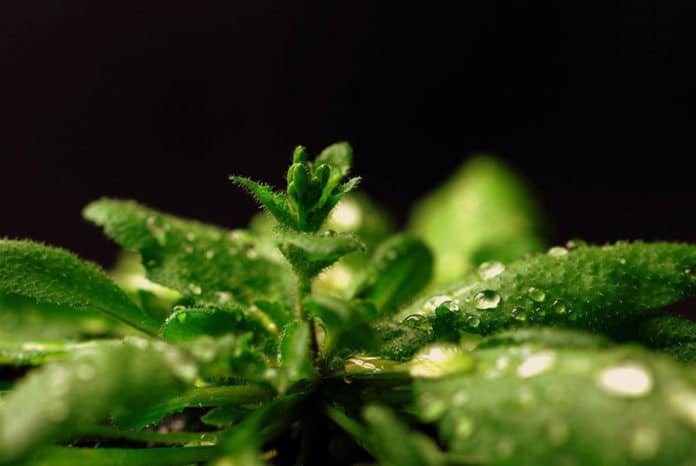Just like humans and other animals, plants have hormones. Understanding the systems-level actions of transcriptional responses to hormones provides insight into how the genome is reprogrammed in response to environmental stimuli.
In a new study, scientists from the Salk Institute reported that the hormone called jasmonic acid is particularly essential for a plant’s defense response against fungi and insects. Moreover, it uncovers crucial complex communication networks in plants.
Scientists found that a hormone called jasmonic acid, or jasmonate helps plants sound the alarm about the danger.
Scientists noted that the discovery highlights essential details on how plants respond to a hormone called jasmonic acid, or jasmonate. Also, the findings are expected to help scientists develop crops that are hardier and more able to withstand the assault, especially in an era of rapid climate change.
Professor Joseph Ecker, co-corresponding author, and Howard Hughes Medical Institute investigator, said, “This research gives us a detailed picture of how this hormone, jasmonic acid, acts at many different levels. It enables us to understand how environmental information and developmental information is processed and how it ensures proper growth and development.”
In the study, scientists used Arabidopsis thaliana, a small flowering plant in the mustard family. They investigated the signaling pathway of the hormone jasmonic acid (JA) in A. thaliana.
Scientists started with plant seeds grown in Petri dishes. They kept the seeds in the dark for three days to mimic the first few days of a seed’s life, when it is still underground. After three days, the plants were exposed to jasmonic acid.
Scientists extracted the DNA and proteins from the plant cells and employed specific antibodies against their proteins of interest to capture the exact genomic location of these regulators. By using various computational approaches, the team was then able to identify genes that are important for the plant’s response to jasmonic acid and the cellular cross-communication with other plant hormone pathways.
Two genes that rose to the top in their degree of importance across the system were MYC2 and MYC3. These genes code for proteins that are transcription factors, which means that they regulate the activity of many other genes — or thousands of different genes in this case.
Mathew Lewsey, an associate professor at La Trobe University in Melbourne, Australia, said, “In the past, the MYC genes and other transcription factors have been studied in a very linear fashion. Scientists look at how one gene is connected to the next gene, and the next one, and so on. This method is inherently slow because there are a lot of genes and lots of connections. What we’ve done here is to create a framework by which we can analyze many genes at once.”
Co-first author Mark Zander, a staff researcher in Ecker’s lab, said, “By deciphering all of these gene networks and subnetworks, it helps us to understand the architecture of the whole system. We now have this very comprehensive picture of which genes are turned on and off during a plant’s defense response. With the availability of CRISPR gene editing, these kinds of details can be useful for breeding crops that are able to withstand attacks from pests better.”
The study is published in the journal Nature Plants.
